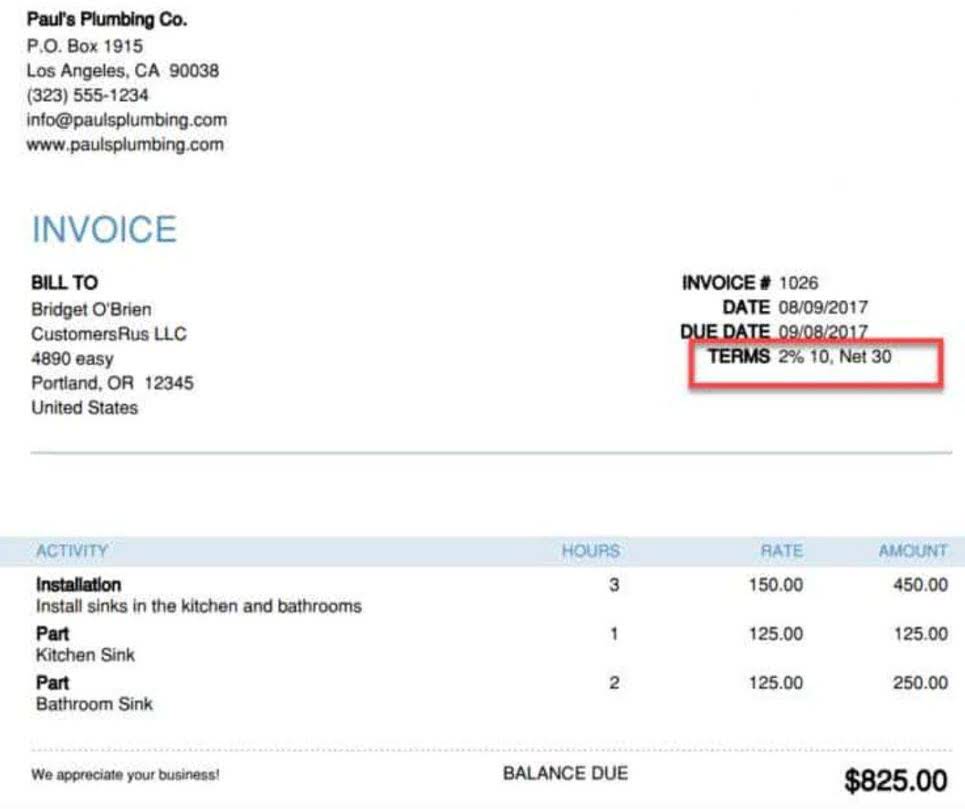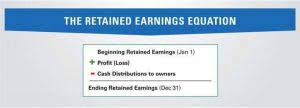
Unless the question requirement specifically asks for the ‘components of audit risk’ or ‘a description of the https://www.bookstime.com/’, candidates should not provide definitions of audit risk, inherent risk, control risk or detection risk as no marks are available. Unlike inherent risk and control risk, auditors can influence the level of detection risk. For example, if the risk of material misstatement is high, auditors need to reduce the level of detection risk. Inherent risk is the risk that the financial statements may contain material misstatement before considering any internal control procedure.
Inherent Risk

In this case, auditors will not perform the test of controls on the bank reconciliation. Likewise, more substantive works will be required in order to reduce audit risk to an acceptable level. Such procedures included examining, on a test basis, evidence regarding the amounts and disclosures in the financial statements. Our audits also included evaluating the accounting principles used and significant estimates made by management, as well as evaluating the overall presentation of the financial statements. A disclaimer of opinion means that, for some reason, the auditor is unable to obtain sufficient audit evidence on which to base the opinion, and the possible effects on the financial statements of undetected misstatements, if any, could be both material and pervasive. Examples can include when an auditor can’t be impartial or wasn’t allowed access to certain financial information.
- Detection risk is the risk that auditors fail to detect material misstatements that exist on the financial statements.
- Additionally, audit risk will be low if the audit is well planned and carefully performed.
- By applying this model, auditors can allocate their efforts and resources to target the areas of highest risk.
- External auditors can often miss major red flags, because they may not even realize how big the problem was or that something wrong was being done.
- Also, auditor responses should not be too vague such as ‘increase substantive testing’ without making it clear how, or in what area, this would be addressed.
- Moreover, the introduction of sophisticated technologies means that auditors are no longer only combing through spreadsheets and ledgers.
Answering audit risk questions

Likewise, the auditor needs to reduce audit risk to acceptable low to make sure that they do not fail to detect any material misstatement that happens to the financial statements. If auditors believe that the client’s internal control can reduce the risk of material misstatement, they will assess the control risk as low and perform the test of controls to obtain evidence to support their assessment. Detection risk is the risk that auditors fail to detect material misstatements that exist on the financial statements. 1When the auditor is performing an integrated audit of financial statements and internal control over financial reporting, the requirements in AS 2201, An Audit of Internal Control Over Financial Reporting That Is Integrated with An Audit of Financial Statements, also apply. However, the risks of material misstatement of the financial statements are the same for both the audit of financial statements and the audit of internal control over financial reporting.

Relationship Between Acceptable Audit Risk and Audit Assurance
Control risk is the risk that internal controls established by a company, to prevent or detect and correct misstatements, fail and thus the financial statement items become misstated. The client is said to demonstrate a high control risk of the controls if a specific assertion does not operate effectively or if the auditor deems that testing the internal controls would be an inefficient use of audit resources. Responses are not as detailed as audit procedures; instead they relate to the approach the auditor will adopt to confirm whether the transactions or balances are materially misstated. Therefore, in relation to the risk of going concern, the response is to focus on performing additional going concern procedures, such as reviews of cash flow forecasts.
Additionally, effective risk assessment procedures enable auditors to allocate resources more efficiently, focusing efforts where they are most needed to enhance the audit’s overall effectiveness and precision. Auditors usually make use of the relationship of the three components of audit risk to determine an acceptable level of risk. In this case, as they cannot change the level of inherent and control risk, they need audit risk model to change the level of detection risk to arrive at an acceptable level of audit risk. The concept of audit risk is of key importance to the audit process and F8 students are required to have a good understanding of what audit risk is, and why it is so important. For the purposes of the F8 exam, it is important to understand that audit risk is a very practical topic and is therefore examined in a very practical context.
The risk of material misstatement is under the control of management of the company and the auditor can only directly manipulate detection risk. So, if their assessment of the risk of material misstatement and audit risk is high, they must reduce the detection risk in order to contain overall audit risk within acceptable level. Detection risk is the risk that audit evidence for any given audit assertion will fail to capture material misstatements. If the client shows a high detection risk, the auditor will likely be able to detect any material errors. Also, audit risk formula can be in the form of risk of material misstatement and detection risk.